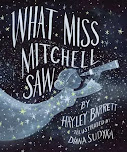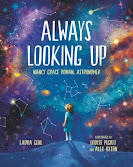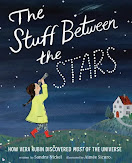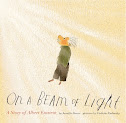The International Day of Light celebrates the role light plays in science, culture and art, education, and sustainable development, and in fields as diverse as medicine, communications, and energy. The celebration will allow many different sectors of society worldwide to participate in activities that demonstrates how science, technology, art and culture can help achieve the goals of UNESCO – building the foundation for peaceful societies.Light is an inspiring subject in many disciplines, and is the perfect catalyst to promote science education among young people. Teaching programmes using light science and technology build worldwide educational capacity through activities targeting children, addressing issues of gender balance, and focussing especially on countries with emerging economies.
Light has influenced and continues to influence human culture. Studying the connection between light and culture throughout history provides valuable insights into the interactions between science, art, and the humanities, and brings greater understanding and appreciation of our cultural heritage.
This is a 'big' topic! I could spend quite a time collecting books together for this, but here I am only going to highlight a small number.
Our sense of sight depends on light but what is light Is it something solid Where does it come from Find out the answers to these questions as well as others you have probably wondered about such as whether invisibility cloaks are a real possibility.
A kid-friendly introduction to the physics of light covers the basics of solar energy, the electromagnetic spectrum, photon particles, light scattering, and reflection and refraction
On a Beam of Light by Jennifer BerneThis picture book biography of Albert Einstein chronicles his development from a boy riding his bicycle through sunbeams to the man who created the Theory of Relativity and whose name would become synonymous with 'genius.'
City of Light by Julia Lawrinson
On Monday 20 Februrary 1962, the people of Perth lit up their city overnight to acknowledge the special mission of American astronaut John Glenn – the first American to orbit the Earth. Glenn, in turn, observed that the city was clearly visible from space, and Perth became known worldwide as ‘The City of Light’.
Who's Afraid of the Light by Anna McGregor
Fergus lives down in the deepest, darkest depths of the sea and is scared of just one thing ... the light! This is a fresh and funny new narrative nonfiction picture book.



















































